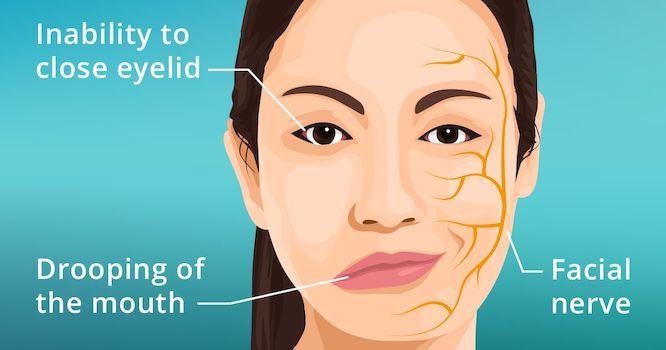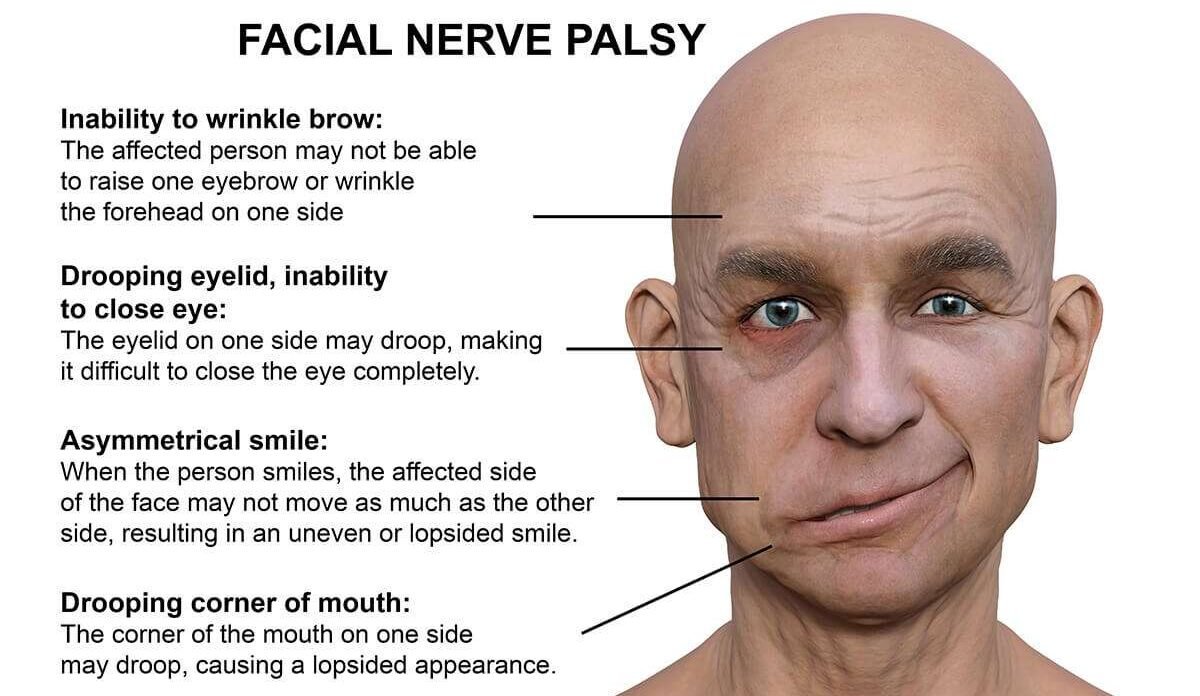Certainly! Here’s a detailed overview of the legends and key contributors in Ayurveda Dhanvantari Role: Dhanvantari is often regarded as the divine physician and the...Continue reading
Category: Blog
Unlock the secrets of ancient wisdom with our Ayurvedic blog—your gateway to holistic health and vibrant living! Discover how to harmonize your mind, body, and spirit for a balanced life today!
Do’s and Don’ts of Drinking Water
Ayurveda offers specific guidelines regarding water consumption during and around meal times, emphasizing its impact on digestion and overall health. Here are the key points based on Ayurvedic perspectives: Drinking Water Before Meals -Avoid Water Before Meals: Ayurveda suggests that drinking water before meals can dilute gastric juices, impairing digestion. This dilution can lead to weaker digestive fire, which is crucial for breaking down food effectively. Drinking Water During Meals - Sip Water During Meals: It is generally recommended to drink water in small sips during meals rather than gulping it down. This practice helps to moisten food, making it easier to digest.Continue reading
Risk of Monkey Pox in India: WHO Instructions and Indian Gov Guidelines
Monkey pox is a zoonotic viral disease that shares similarities with smallpox, albeit presenting with less severity. Historically, this pathogen was discovered in 1958 when outbreaks occurred in monkeys kept for research, hence the name "monkey pox." The first recorded human case was identified in 1970 in the Democratic Republic of the Congo. Since then, monkey pox has been documented in various regions, particularly in Central and West Africa, making it a prominent concern due to its potential for widespread transmission. The virus responsible for monkey pox belongs to the Orthopoxvirus genus, and it primarily spreads through direct contact with infected animals, human-to-human transmission, and in rare cases, contaminated materials. Animal vectors include various mammals such as rodents and primates, emphasizing the zoonotic aspect of the disease. Human transmission occurs via respiratory droplets during prolonged face-to-face contact, direct contact with bodily fluids, and contact with lesion materials. Notably, the incubation period typically ranges from 7 to 14 days, while symptoms manifest in two distinct phases: the invasion period featuring fever, intense headache, lymphadenopathy, and muscle aches, followed by a skin eruption period marked by a rash that evolves from maculopapules to vesicles and pustules, often leading to scabs.Continue reading
Invisible Danger: Microplastics in Indian Salt and Sugar Brands
Microplastics are diminutive plastic fragments that measure less than 5 millimeters in diameter. They originate from the degradation of larger plastic debris as well as from the direct release of small plastic particles through products like exfoliants and washing clothing made from synthetic fibers. These minute plastic particles have found their way into a myriad of environments, including oceans, freshwater systems, and even the soil, and unfortunately, they are now becoming a prominent contaminant in food products, including staple items like salt and sugar. The production of microplastics begins with either a physical breakdown of larger plastic items or industrial processes. The former occurs when large plastic waste, exposed to environmental stresses such as UV radiation, wave action, and mechanical abrasion, deteriorates into smaller fragments over time. Moreover, microplastics are also directly produced and intentionally added to various consumer products, such as in the case of microbeads found in personal care products.Continue reading
Gov. Initiatives to Promote Ayurvedic, Organic, and Herbal Products
Ayurvedic, organic, and herbal products have been an integral part of Indian culture for centuries, reflecting a deep-rooted connection to nature and holistic wellness. Ayurveda, an ancient system of medicine originating in India over 3,000 years ago, emphasizes the balance of body, mind, and spirit through natural remedies. Ayurvedic products include a wide range of formulations, from herbal supplements to skincare and wellness solutions, all derived from natural ingredients. Organic products, on the other hand, are cultivated and processed without the use of synthetic chemicals, pesticides, or genetically modified organisms (GMOs). This approach ensures that the products are environmentally sustainable and beneficial for health. Organic farming practices, which have been part of traditional Indian agriculture, are gaining renewed attention as consumers become more health-conscious and environmentally aware.Continue reading
Essential Tips for Heat Wave Protection
Heat waves can be intense and dangerous, especially during the summer months. With rising temperatures and extreme weather events becoming more common, it is crucial to understand how to protect yourself and your loved ones from the harmful effects of heat waves. In this article, we will explore some essential tips and strategies for heat wave protection. One of the most important things you can do during a heat wave is to stay hydrated. Drink plenty of water throughout the day, even if you do not feel thirsty. Avoid alcoholic and caffeinated beverages as they can contribute to dehydration. If possible, carry a water bottle with you and refill it regularly.Continue reading
The Truth About MSG in Noodles: How is MSG Made?
The Food Safety and Standards Authority of India (FSSAI) has issued guidelines regarding the use of Monosodium Glutamate (MSG) in food products. According to these guidelines, pre-packaged food shall not be described or presented on any label or in any labeling manner that is false, misleading or deceptive or is likely to create an erroneous impression regarding its character in any respect. Specifically, MSG cannot be added to pasta and noodles. The FSSAI has fixed the maximum permissible limits of MSG in canned crab meat at 500mg/kg. However, no guidelines currently exist for the maximum limit of naturally occurring MSG in food. If a food sample contains “naturally occurring MSG”, the manufacturers cannot label the pack “No added MSG”.Continue reading
Exercises for Bell’s palsy
Exercises for Bell's palsy are an essential part of physiotherapy for this condition. They help activate nerves and strengthen facial muscles, improving facial expression and promoting healing. Here are some exercises that can be done to help manage the symptoms of Bell's palsy. Bell's palsy is a non-progressive neurological disorder that affects the facial nerve, causing sudden onset facial paralysis or weakness. The exact cause of Bell's palsy is unknown, but it is often associated with viral infections, immune disorders, and hereditary factors. The condition is characterized by the sudden onset of facial paralysis that may be preceded by a slight fever, pain behind the ear on the affected side, and weakness on one side of the face. The symptoms may begin suddenly and progress rapidly over several hours and sometimes follow a period of stress or reduced immunity.Continue reading
Bell’s Palsy: Causes, Symptoms, and Treatment
Bell's Palsy is a condition that affects the facial nerves, causing sudden weakness or paralysis on one side of the face. It is named after Sir Charles Bell, a Scottish anatomist who first described the condition in the 19th century. The exact cause of Bell's Palsy is still unknown, but it is believed to be associated with viral infections, particularly the herpes simplex virus. One of the main symptoms of Bell's Palsy is the sudden onset of facial weakness or paralysis, which can make it difficult to control the muscles on one side of the face. This can lead to drooping of the mouth, difficulty closing the eye on the affected side, and a distorted smile. Other symptoms may include pain or discomfort around the jaw or behind the ear, increased sensitivity to sound in one ear, and a loss of taste on the front two-thirds of the tongue.Continue reading
The Benefits of Eating Sweet Curd
One of the main benefits of eating sweet curd is its ability to aid digestion. The natural sweetness of curd helps to stimulate the digestive enzymes in our stomach, promoting better digestion and absorption of nutrients. Additionally, the probiotics present in curd help to maintain a healthy gut flora, which further enhances digestion and prevents digestive disorders. Another advantage of consuming sweet curd is its high calcium content. Calcium is an essential mineral that plays a crucial role in maintaining strong bones and teeth. By including sweet curd in your diet, you can ensure that your body receives an adequate amount of calcium, reducing the risk of osteoporosis and other bone-related conditions.Continue reading









